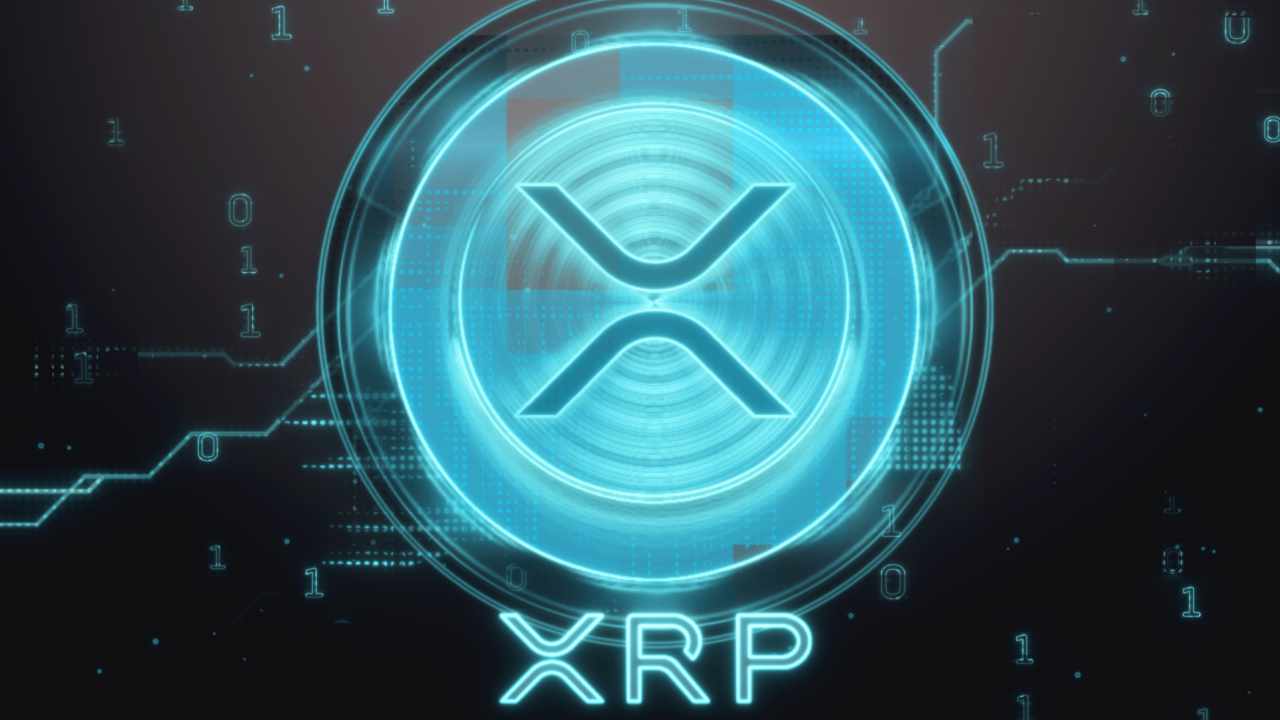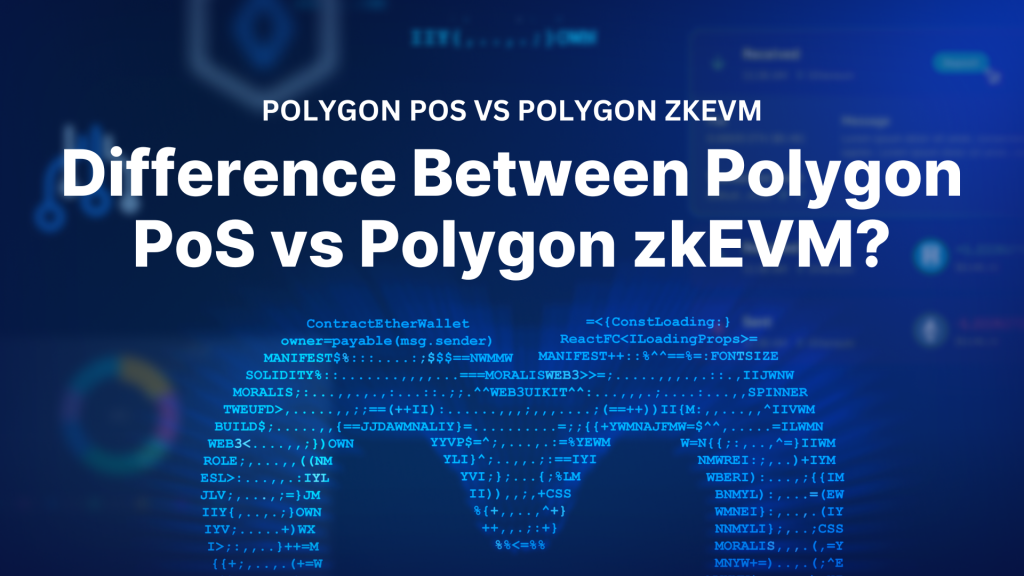Liquid staking just got approved by the U.S. Securities and Exchange Commission. In a staff statement released Tuesday, the agency clarified that this type of staking does not require securities law disclosures, offering the industry a degree of legal clarity it has long
sought.
The statement, published by the SEC’s Division of
Corporation Finance, addresses how liquid staking works when users deposit
crypto assets with a third-party provider in exchange for “receipt
tokens.” These tokens can be used in decentralized finance (DeFi) while
the original assets remain staked on proof-of-stake blockchains.
No Entrepreneurial Effort Means No Security
This is not formal rulemaking or binding legal
guidance. Instead, it reflects how the agency is currently viewing the issue
and suggests that those who follow the described practices likely won’t face
enforcement.
The SEC drew a line between what constitutes a
securities offering and what doesn’t by focusing on the role of staking
providers. According to the statement, these providers act merely as agents
executing staking on behalf of depositors. They don’t exercise managerial
control or make decisions about how the deposited assets are used.
This framing echoes previous guidance on custodial
staking arrangements. In both cases, the lack of provider discretion over user
assets appears to be a decisive factor in avoiding securities
regulation.
Related: SEC Begins Review of First Spot XRP ETF Bid with WisdomTree Proposal
The announcement caused a mild uptick in tokens tied
to popular liquid staking platforms such as Lido, Jito, and Rocket Pool.
However, the gains were short-lived, and the tokens ended the day lower,
according to data from CoinGecko.
Despite the muted price response, the market appears
to welcome the legal breathing room. According to DeFi data aggregator
DefiLlama, liquid staking accounts for nearly $67 billion in total value locked
across blockchains, with Lido alone responsible for $31.7 billion.
More Clarity, Less Enforcement Risk
Tuesday’s statement adds to a growing patchwork of SEC
communications on staking. While earlier notes focused on protocol staking,
this one zooms in on the mechanics of liquid staking—especially around reward
distribution, token minting, and slashing.
For now, crypto firms and users engaged in liquid
staking can breathe a little easier. But the lack of formal rulemaking means
the relief could be temporary, depending on future enforcement actions or
changes in agency leadership.
This article was written by Jared Kirui at www.financemagnates.com.
Source link





























![[LIVE] Latest Crypto News, August 8 – Rally as Trump Approves 401(k) Crypto Investments, ETH Breaks $3,900: Next Crypto To Explode? [LIVE] Latest Crypto News, August 8 – Rally as Trump Approves 401(k) Crypto Investments, ETH Breaks $3,900: Next Crypto To Explode?](https://99bitcoins.com/wp-content/uploads/2025/08/IMG_0834-scaled.png)


